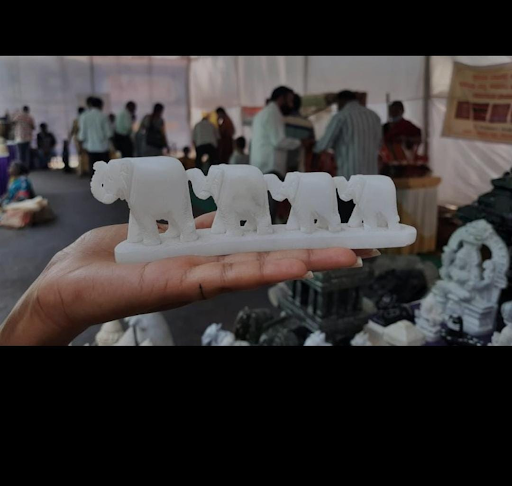
Grama Shilpi – the ‘Haat’ of North Karnataka
- By Ranjini Rao HS and Chandana Yadav K -- Copy Editor Jaishri Rai
- February 28, 2022
handicrafts, pandemic, artisans
India is home to around 200 million artisans and more than 3,000 craft forms, which are among the largest employment providers, second only to agriculture1. The handicrafts sector is very unorganized and dependent on informal and diverse markets, making it susceptible during the pandemic.
Initiatives such as Amazon Handicrafts Mela, Atmanirbhar Bharat, MoUs with Flipkart and Amazon to market products produced by Self-Help Groups, among others, were launched to help the small artisans during the pandemic. Gram Shilpi – expo was one such initiative by Laghu Udyog Bharti, Karnataka and the IMS Foundation, which connected around 30,000 patrons with roughly 110 artisans from North Karnataka districts.2
Highlights
A variety of products was exhibited in the three-day expo ranging from paintings, toys, idols, handlooms, leather and organic, packaged food and jute-based products. Regional crafts like Kalghatgi cradles, Navalgund carpets and Hampi marble art were the icing on the cake.
The three-day expo was held in April 2021 in Hubballi, Karnataka with a special focus on traditional artisans from 14 districts of North Karnataka. Considering that the second wave of the pandemic was beginning to spread, especially in rural areas, the event came as a boon to many rural artisans who were unprepared to handle the crisis. It was commendable that the organizers bore stall, accommodation and food expenditures of the artisans.
In addition to the exhibition, the expo hosted seminars on Marketing and e-commerce. An MSME consultant was invited to guide artisan groups on the cluster development program. Additionally, Sevakart – a market linkage platform for artisans in Belagavi launched during the lockdown in 2020 – was invited to onboard the artisans on their online platform for marketing and receive personal assistance in packaging and selling their inventory.
Artisans’ corner
The Fellows from Dharwad, Vijayapura, Kalburgi and Dakshina Kannada participated in the exhibition and gathered primary insights from the artisans and the organizers
Kinnal toys
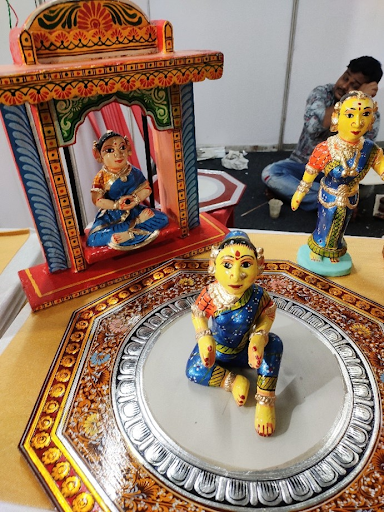
Kinnal toys from Koppal
Mr. Ramesh, an artist from Kinnal in Koppal, has been involved in traditional art for decades. The Kinnal art is traditional, woodcraft local to Kinnal. Art pieces such as naturally dyed fruit, sparrow and sculptures that bring out the vibrant colours and authenticity make the toys famous. These toys are incredibly safe for children, are great gift options, and are in demand in India. Festivities (e.g., Dasara) and celebrations are significant to these artists as they get large orders for statues, pooja materials, pedestals and palanquins.
Navalgund durries (carpets)
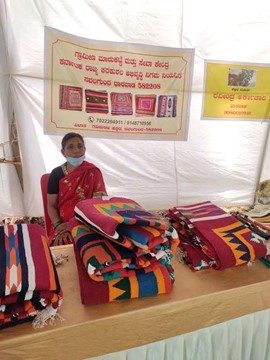
Navalgund durries stall
Navalgund, meaning the hill of a peacock, is home to Navalgund durries, conferred with GI tag. The unique peacock design, geometric shapes, game boards, plant and animal motifs are used in durries. The art is exclusively taught to daughters-in-law of the local community in order to preserve the tradition. Two women usually take two days, working from 10 a.m. to 6 p.m. to weave one durrie. A small group of women have been continuing this art for the past 25 years. These products find a vast international market in Germany and Australia.
Golasangi handloom weavers' co-operative society
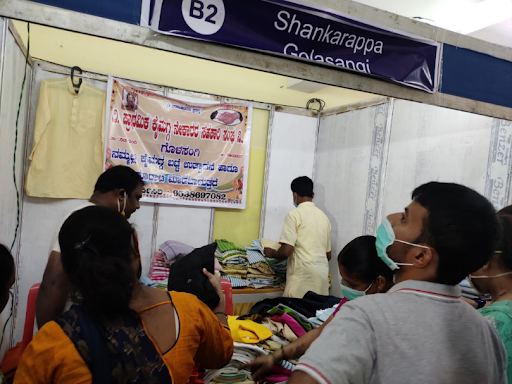
Golasangi Handloom weavers’ co-operative society stall
Mr. Shankarappa from Vijayapura had one of the busiest stalls at the exhibition and sold handloom-based shirts, towels, jackets and handkerchiefs. His entire family and many others are into producing handloom Ilkal sarees. There were some 342 Ilkal saree handlooms (4-5 handlooms in large families, and 1-2 in small families); 40 belonged to his co-operative society, the rest remained with master weavers. Once he returned to work after recovering from a medical condition, he had to rethink his strategy to revive the business and hence resolved to produce commonly used products with a vast market in nearby areas.
Challenges
Finding authentic products - The organizers spent 6-8 months before the event, screening similar works and selecting authentic arts to be represented at the event.
Lack of formal channels of awareness – Many artisans, especially those far away from Hubli, learned about the event through informal, unreliable channels, friends, and family.
Dependence on Government Support - Purely government support in marketing makes the artisans entirely dependent. For example, the Navalgund carpet, which has GI Tag, is famous for its designs, colours, texture, and durability. The weavers get the raw material from the government and sell the finished carpet to a textile department's outlet. The government fixes the price. According to the artisans, the price was recently increased after nearly five years. They have not explored other market channels, though the GI tag has authenticated the product. The same is the case with Khadi weavers, thus rendering the artists wage laborers.
Insights and Recommendations
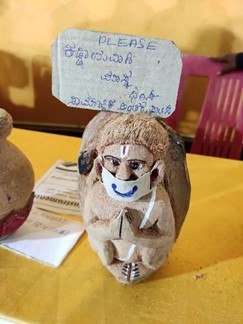
Coconut shell-based artifact
The business acumen of the artisan has much weightage when customer preferences are not transparent or uncertain. For example, an organic farmer could easily capture the customer's attention because of his genuine description of the product, its cultural relevance, and his ability to provide individual attention to customers.
The sale of the product is influenced by factors such as cultural value and consumer preference. Many stalls used endorsement media (videos and photos) from specific communities and customers to attract more people to their products. The Kalghatgi cradle is an excellent example of how orders from the famous actor Dr. Rajkumar's family of the Kannada film industry single-handedly salvaged the dying art.
Recommendations - District Skill Committee should map traditional skills and livelihood, conduct an RPL3 program to recognize and certify their skills, help them seek financial support and bring credibility to their work.
A state-level database of artisans with relevant background information can be used to plan policy level interventions and aid in the formation of product-centric producer companies at the district level.
References:
-
1. https://www.ibef.org/blogs/india-s-handicraft-crafts-a-sector-gaining-momentum
-
2. Inputs by Dr. Sunanda R Kalakannavar, Co-ordinator for Gram Shilpi 2021, Mr.Shivananda K Avathi, Vice President Laghu Udyog Bharti, Karnataka, resource persons at Gram Shilpi 2021
-
3. https://www.pmkvyofficial.org/recognition-of-prior-learning

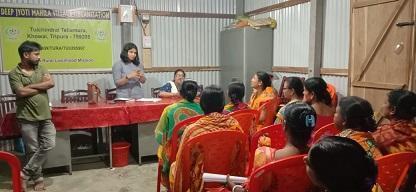
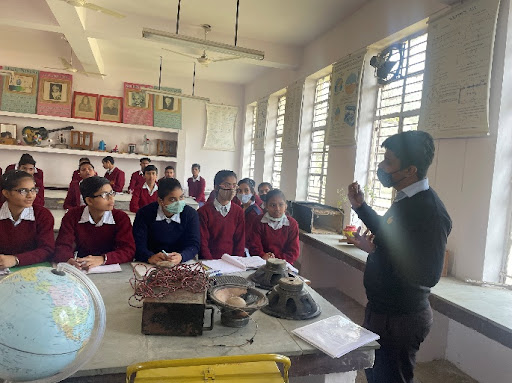
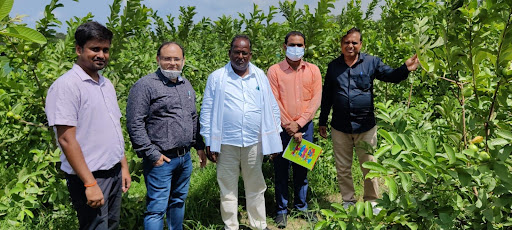
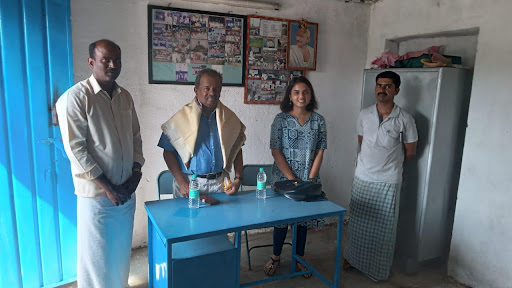
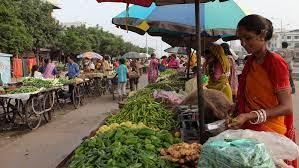
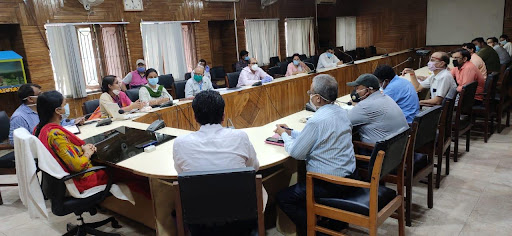
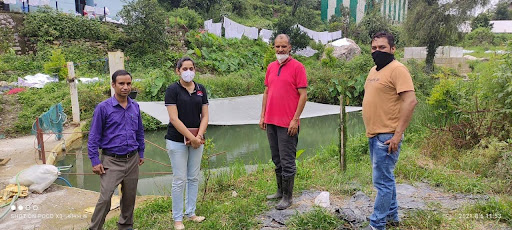
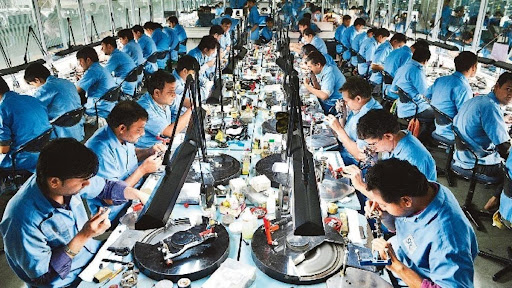
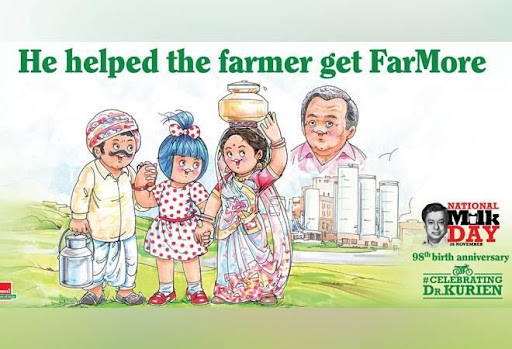
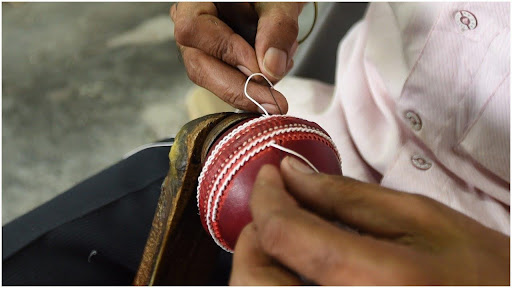
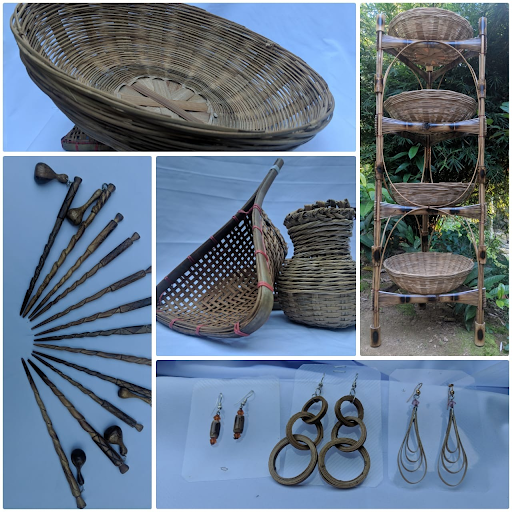
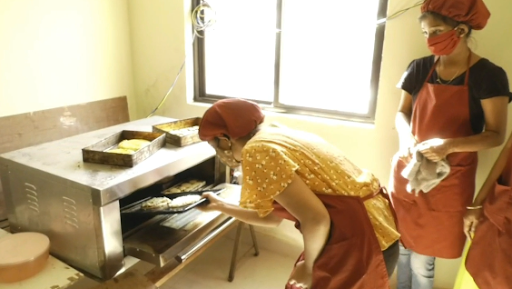
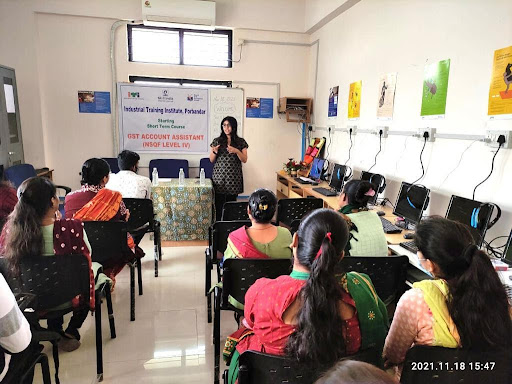
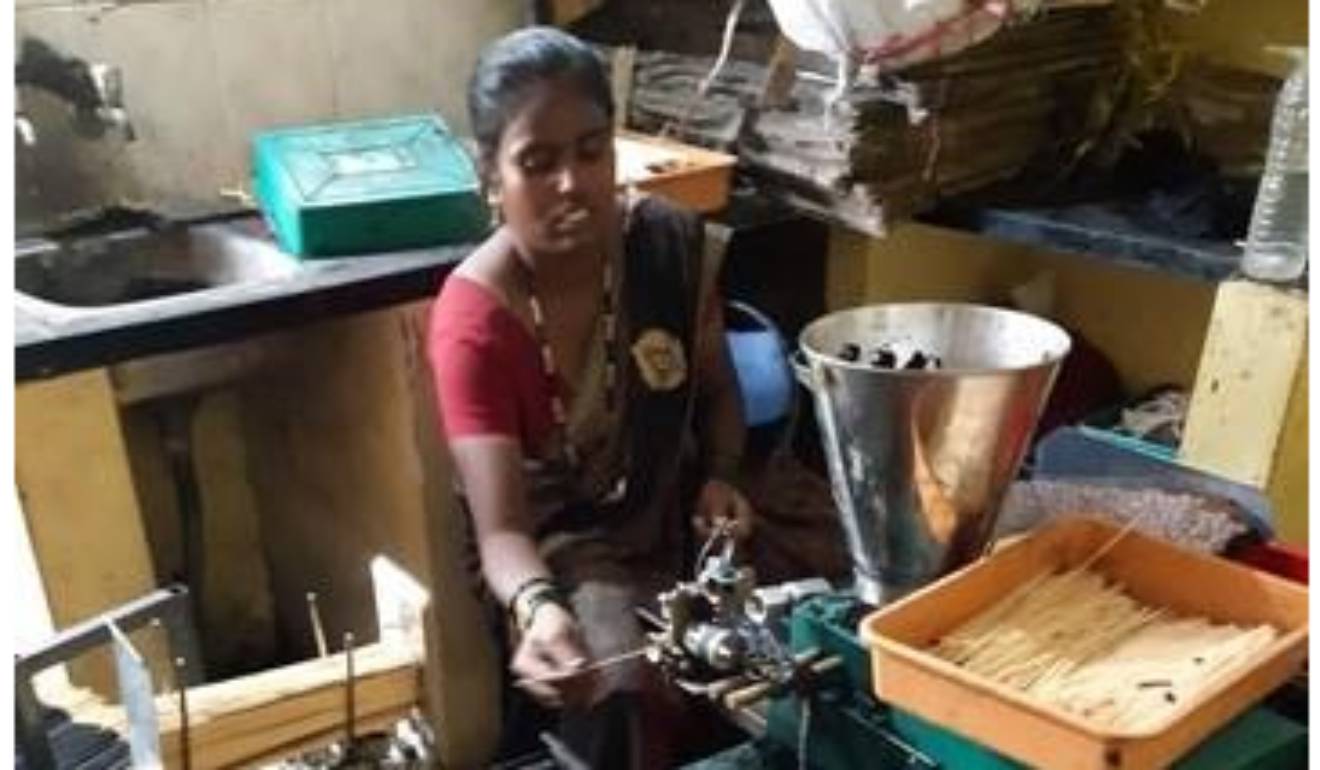

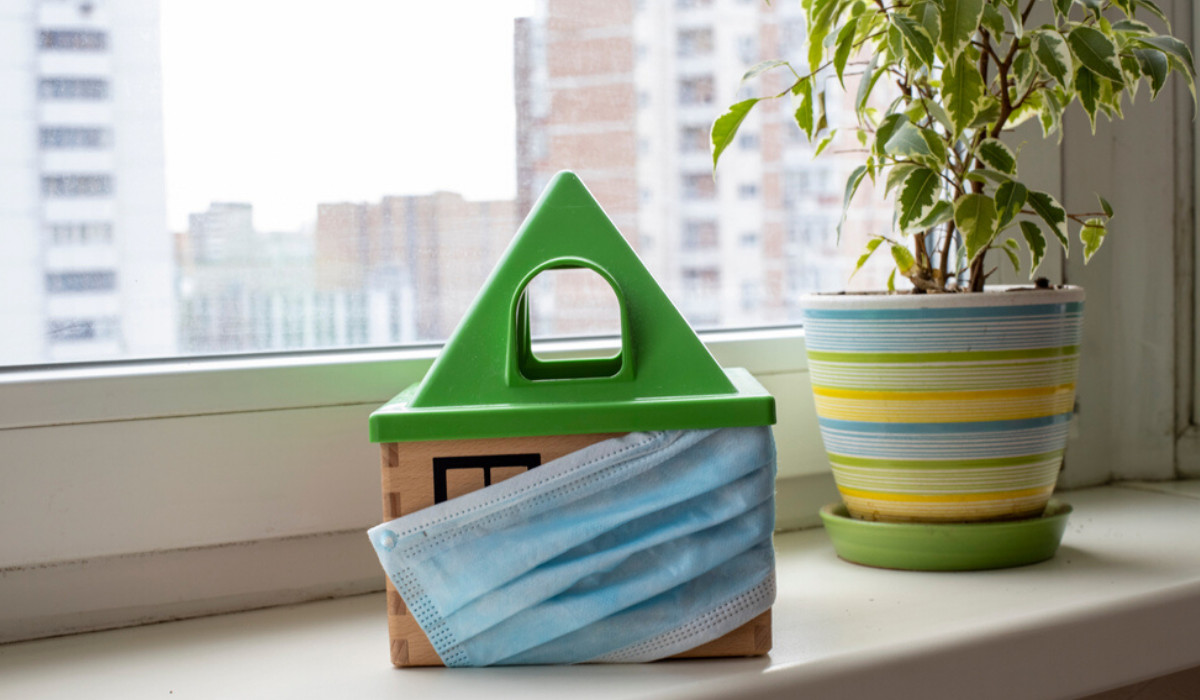

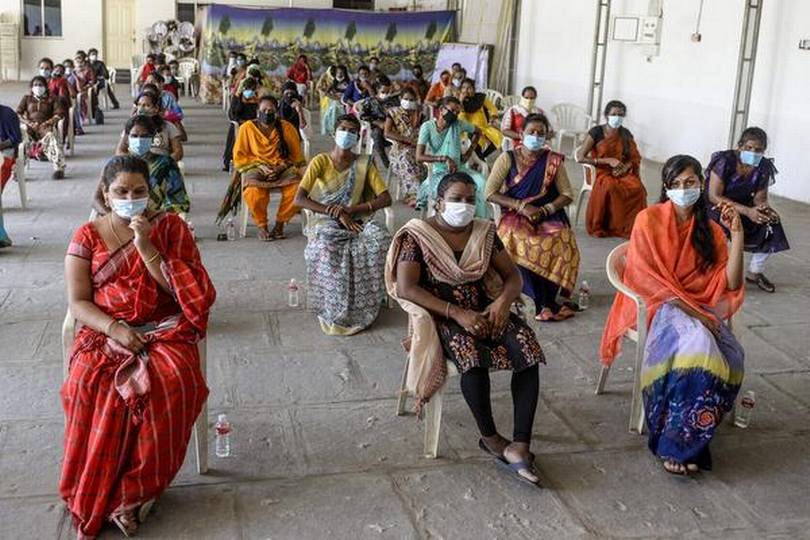













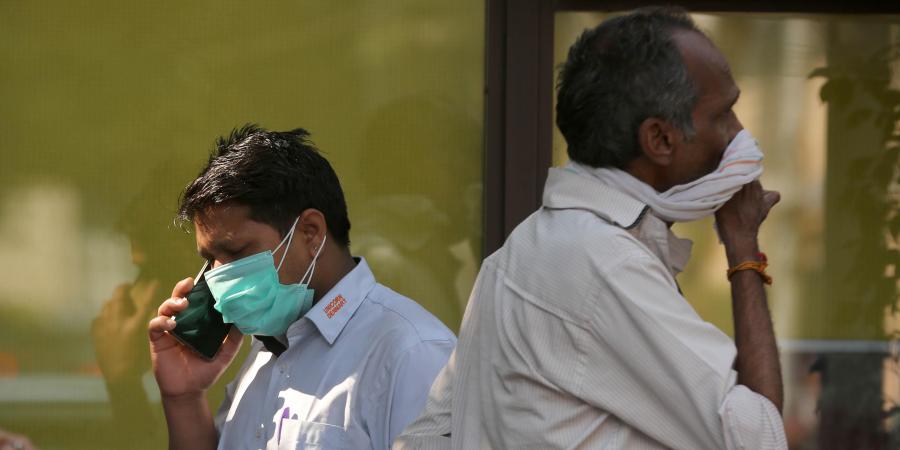
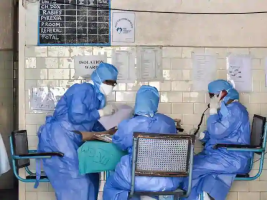

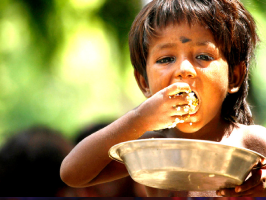

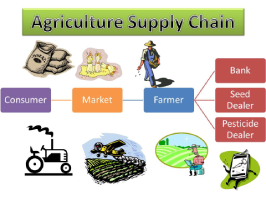
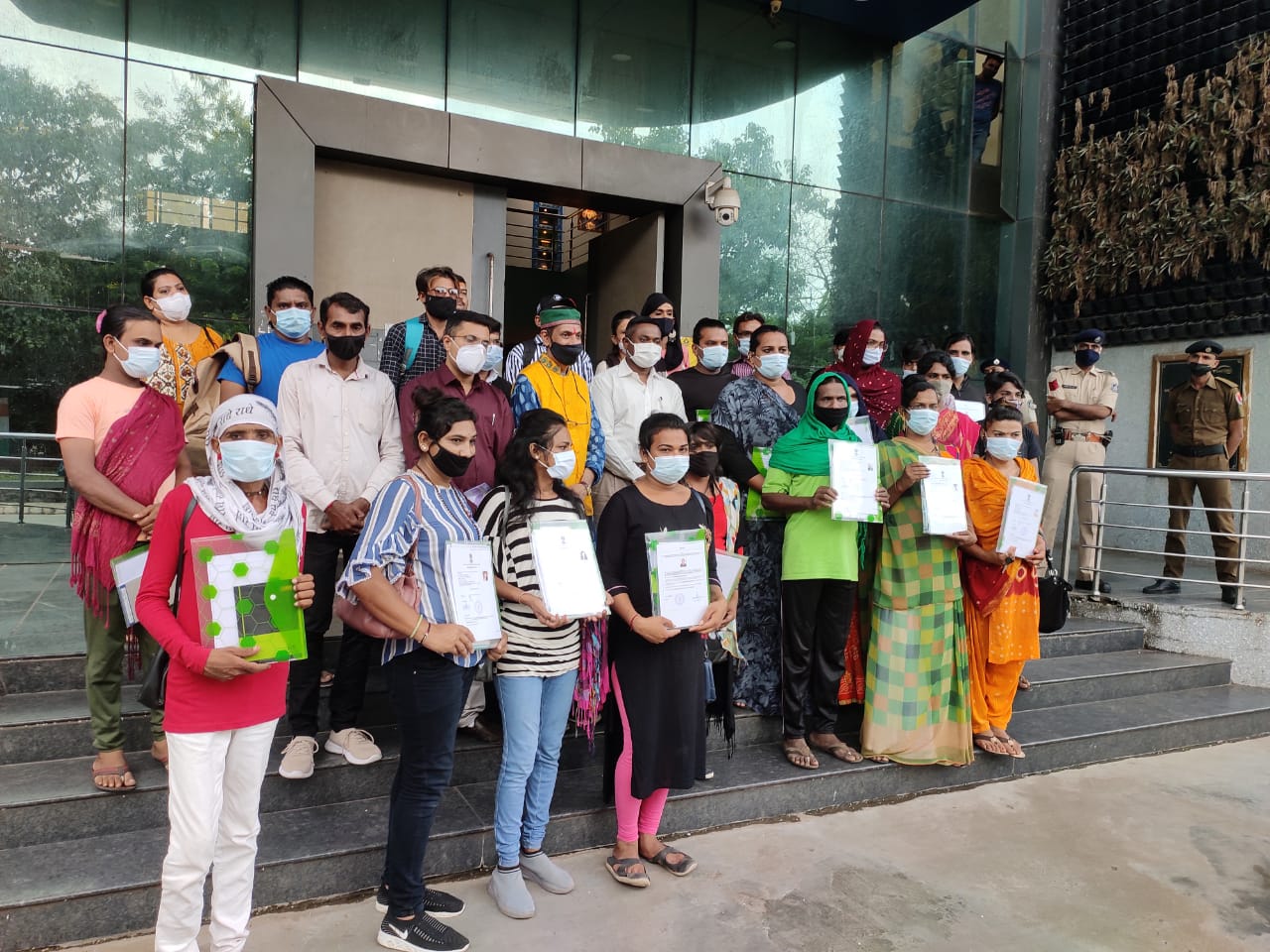
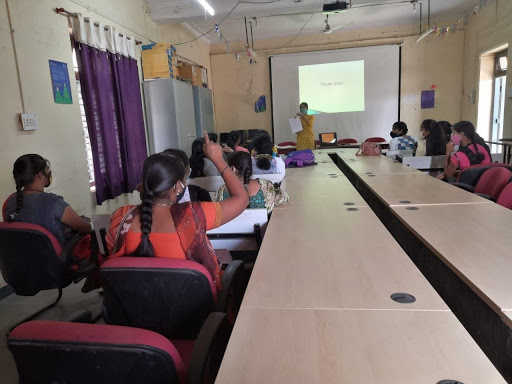


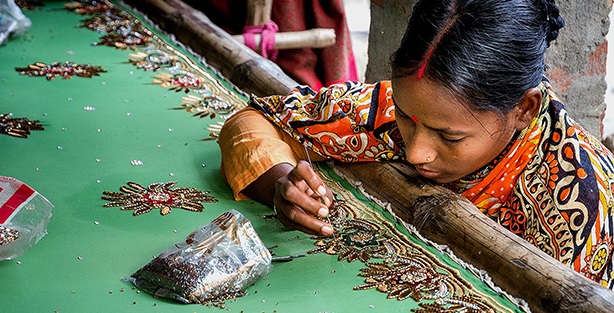
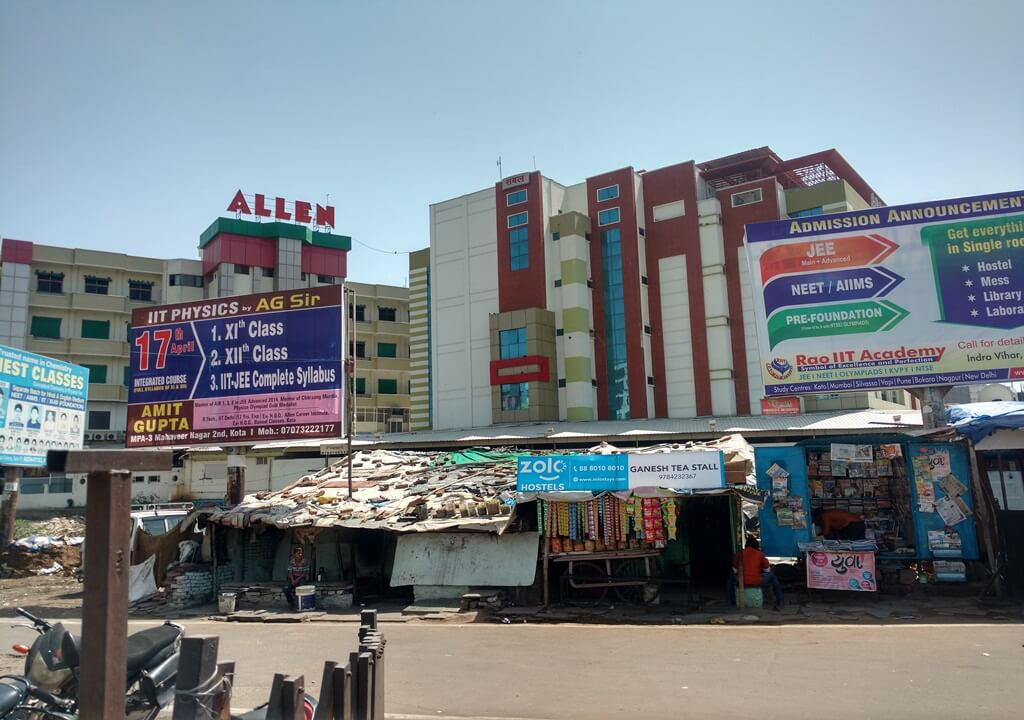
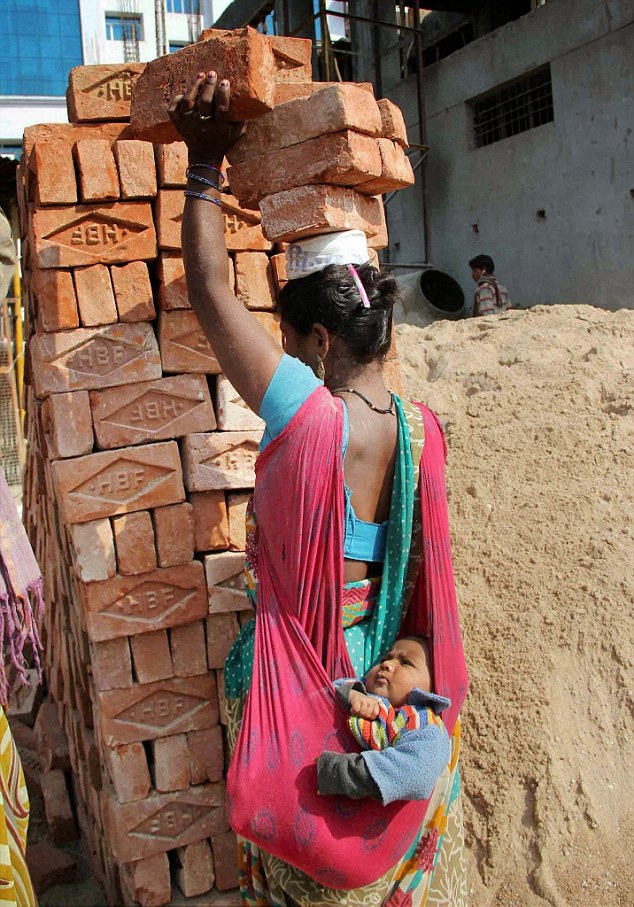
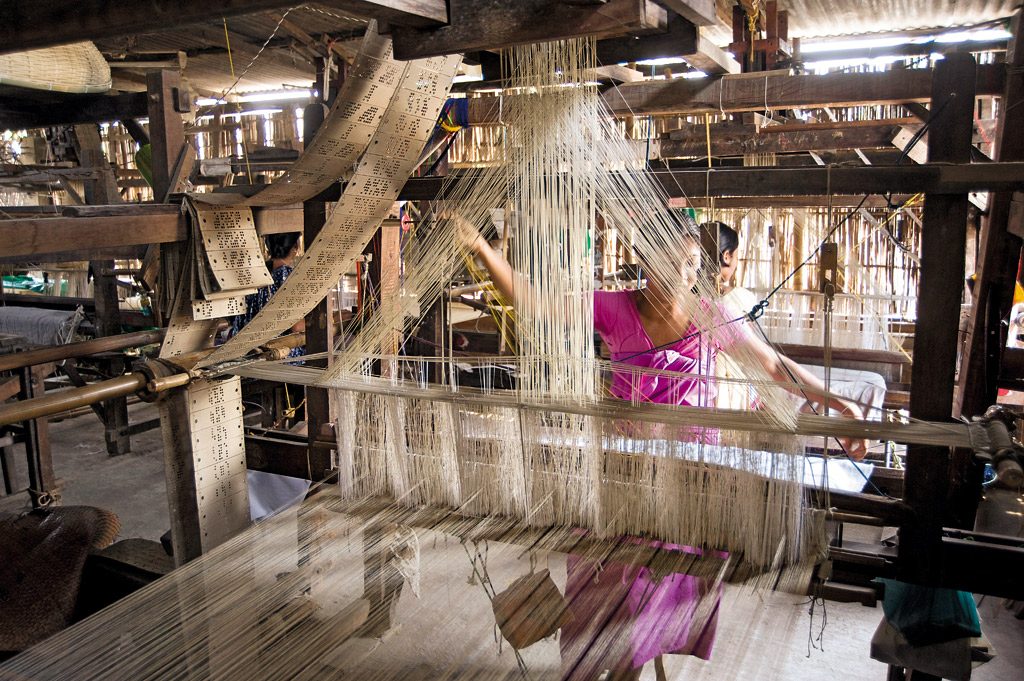
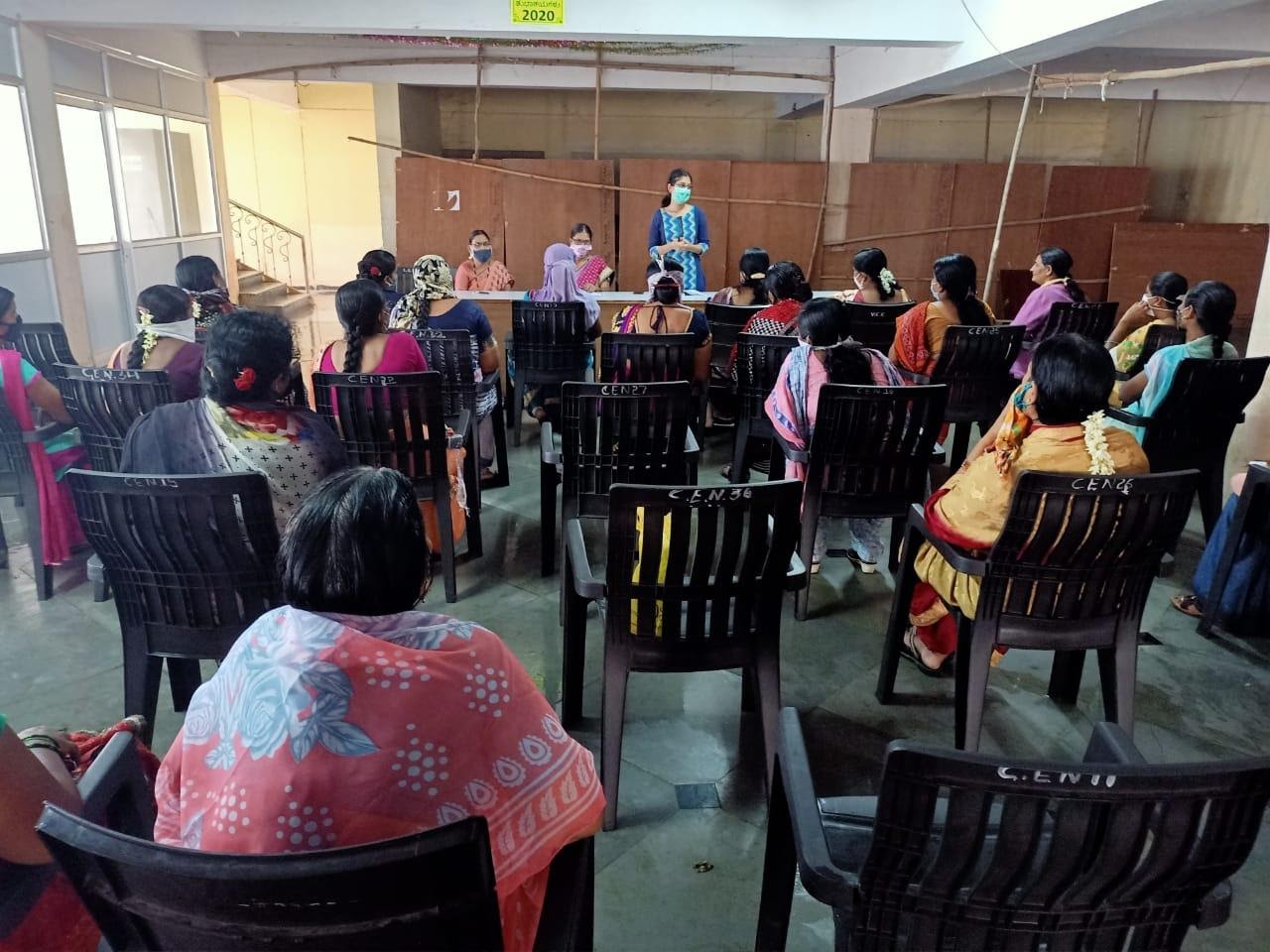
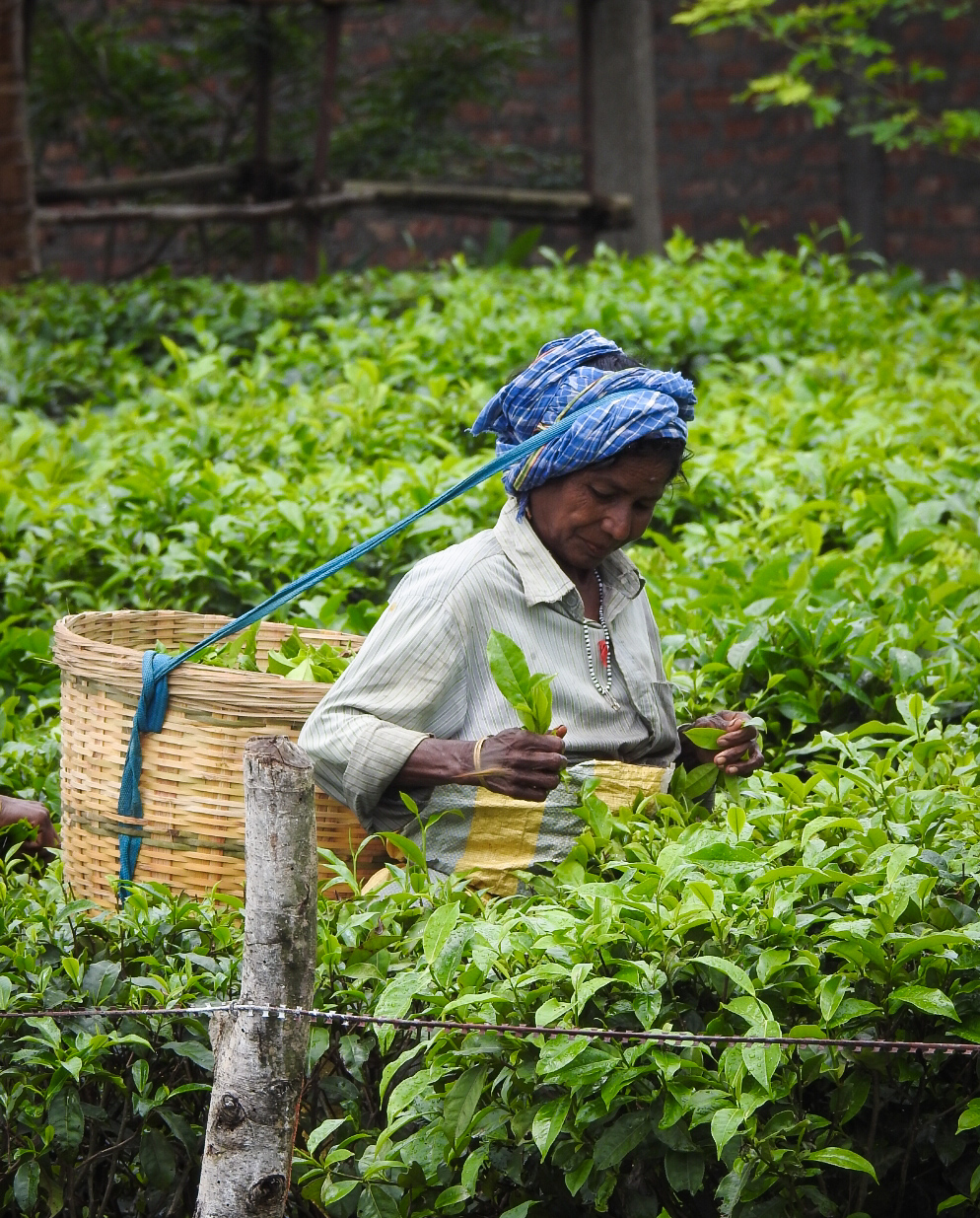

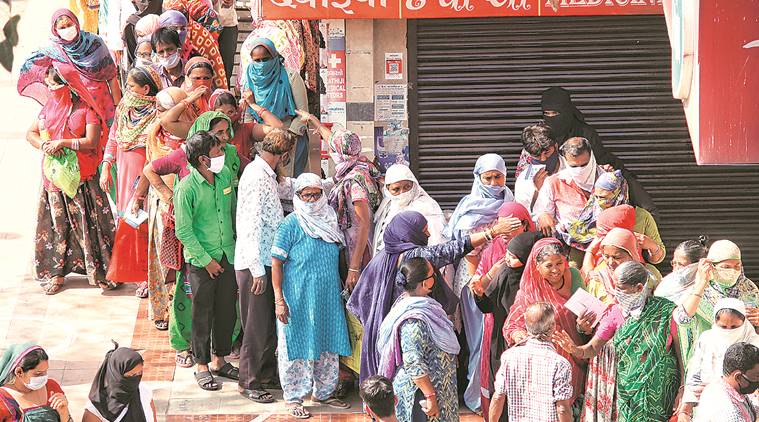


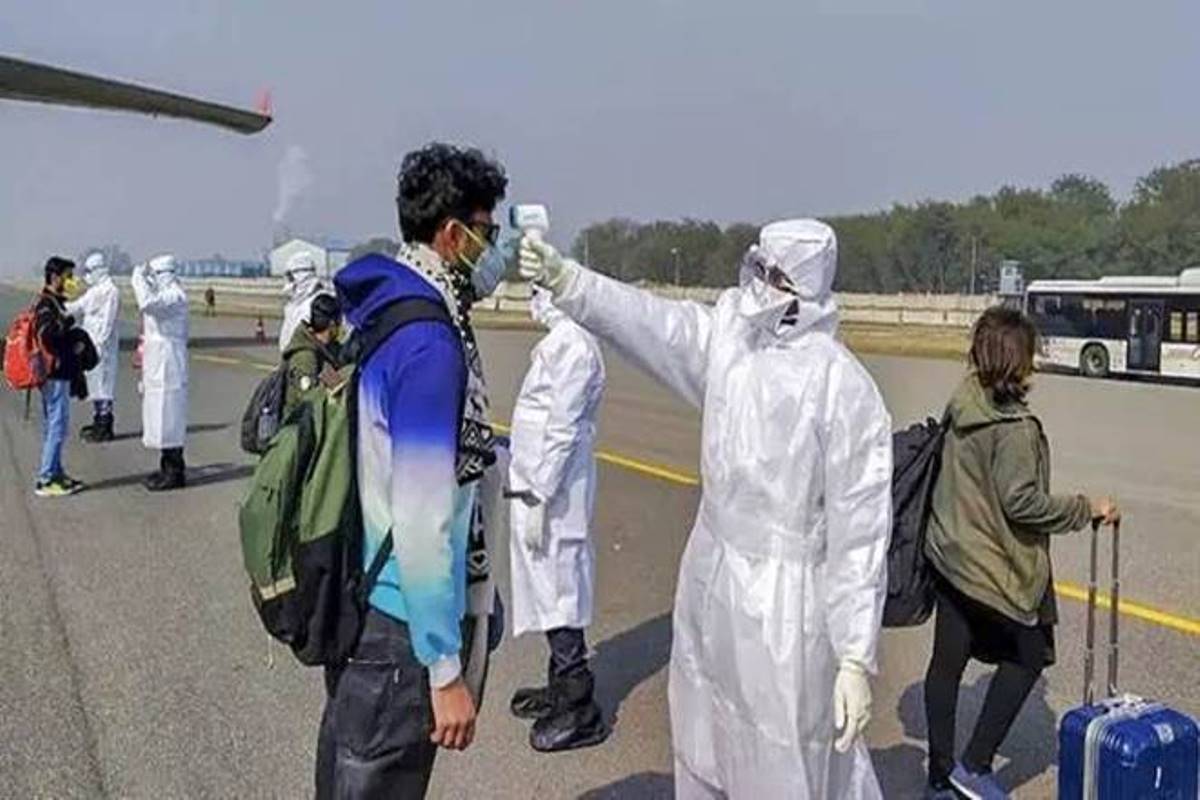


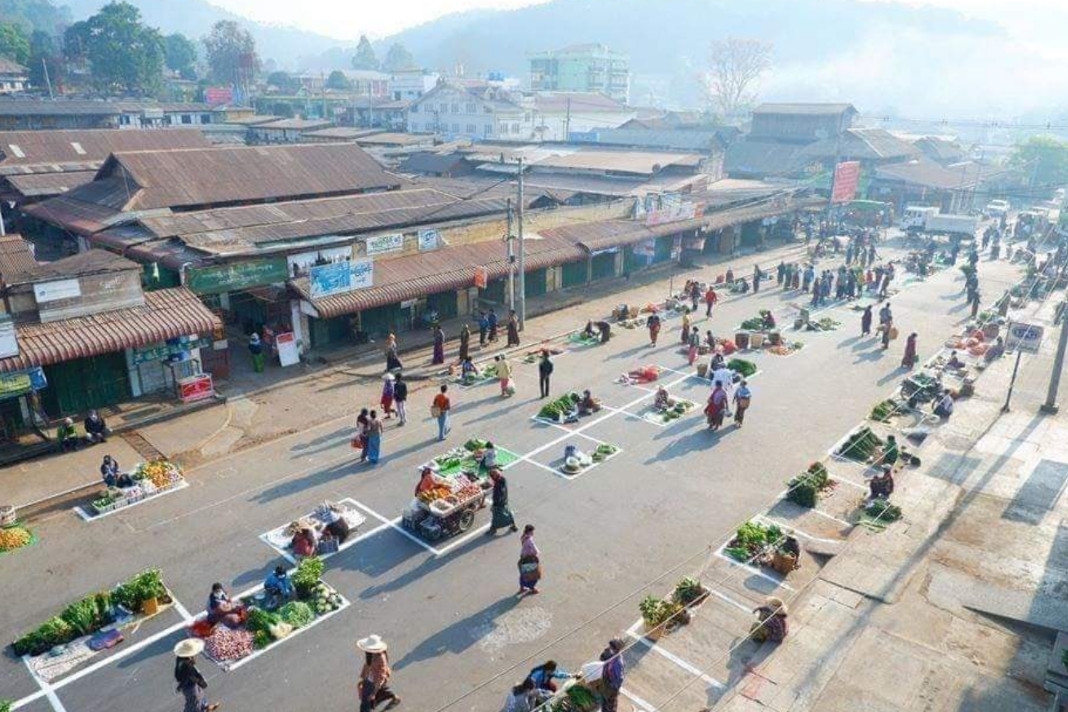
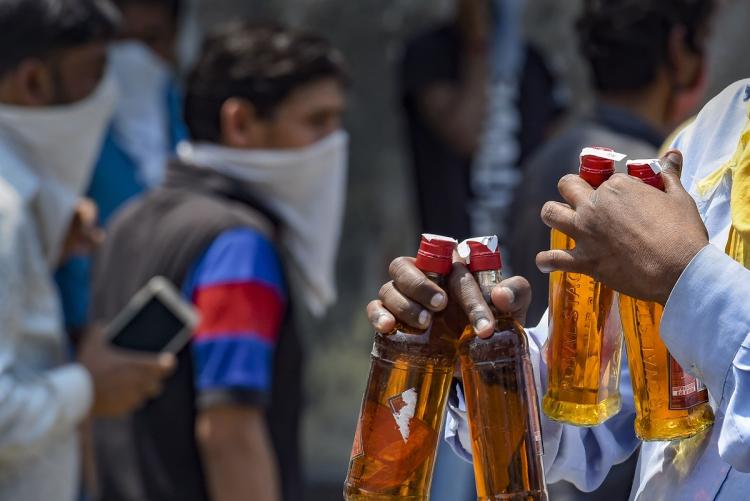
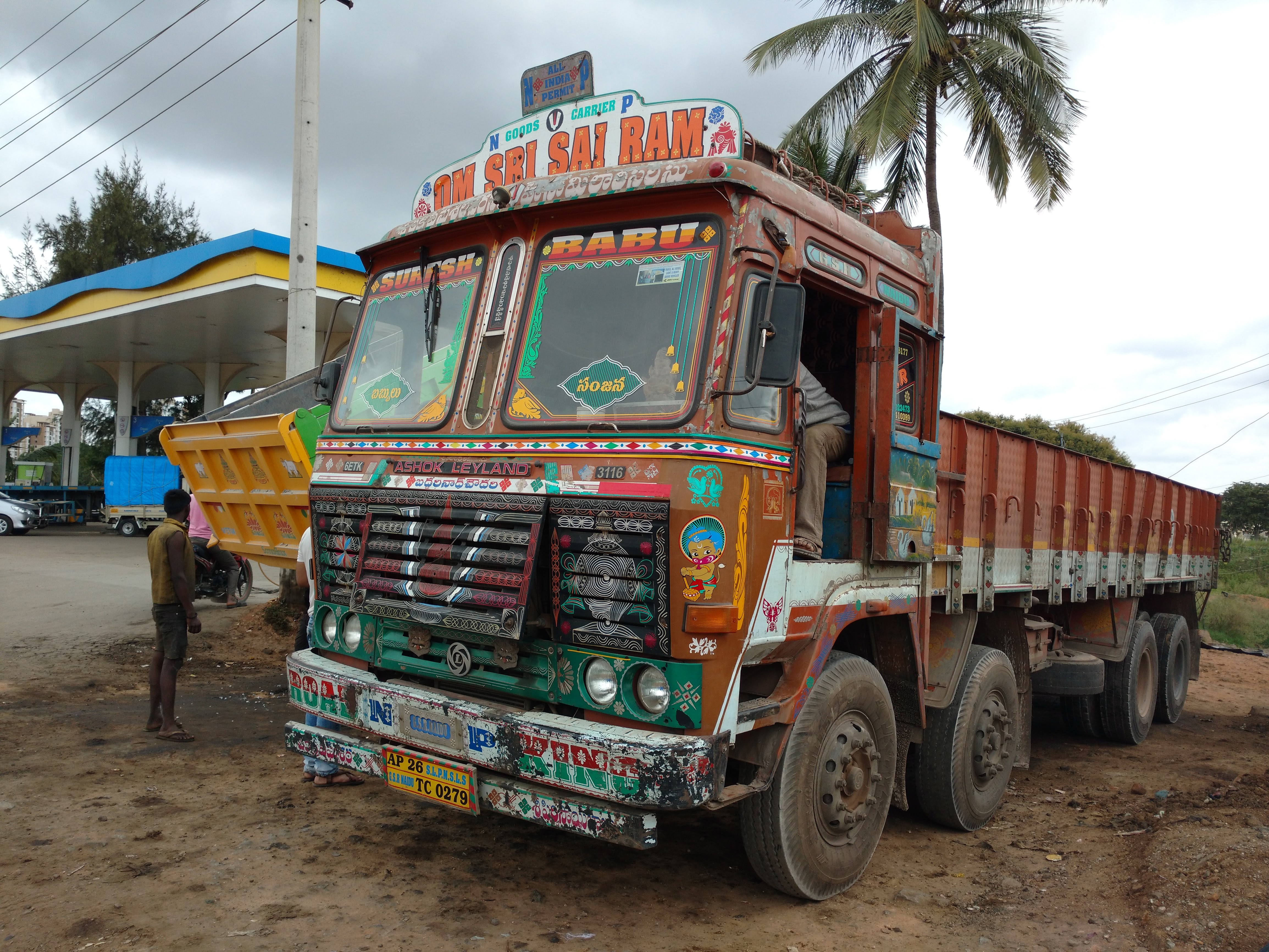

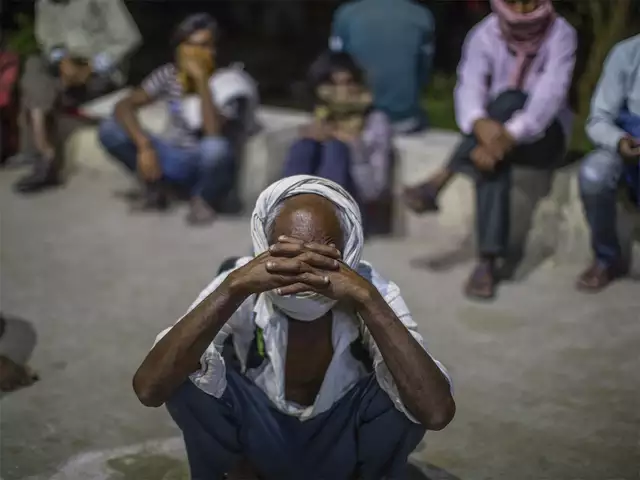

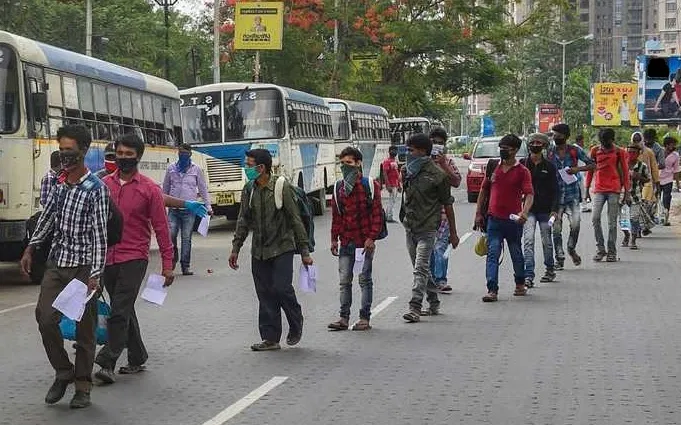



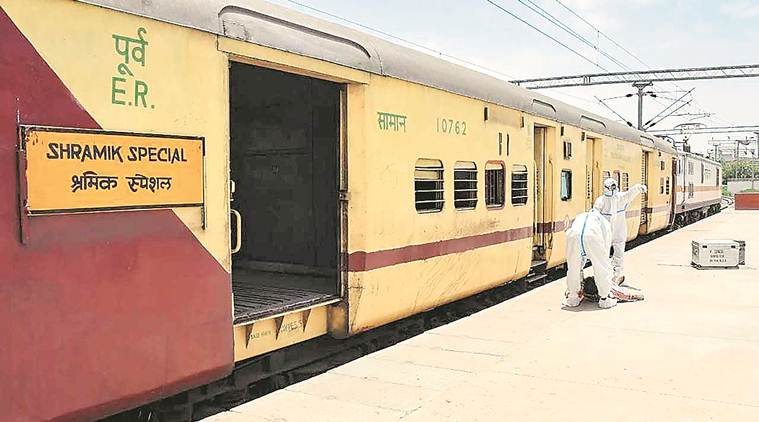

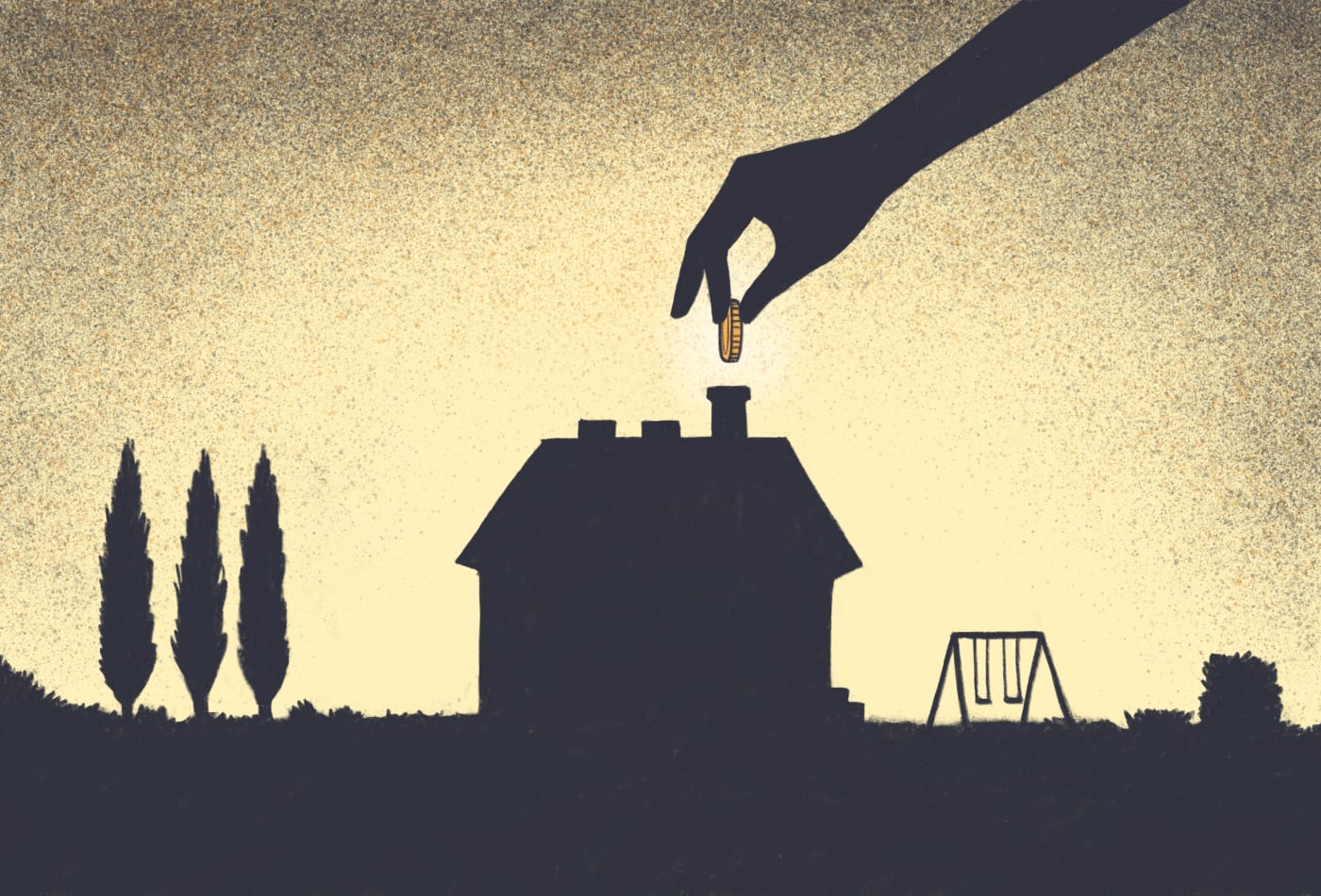


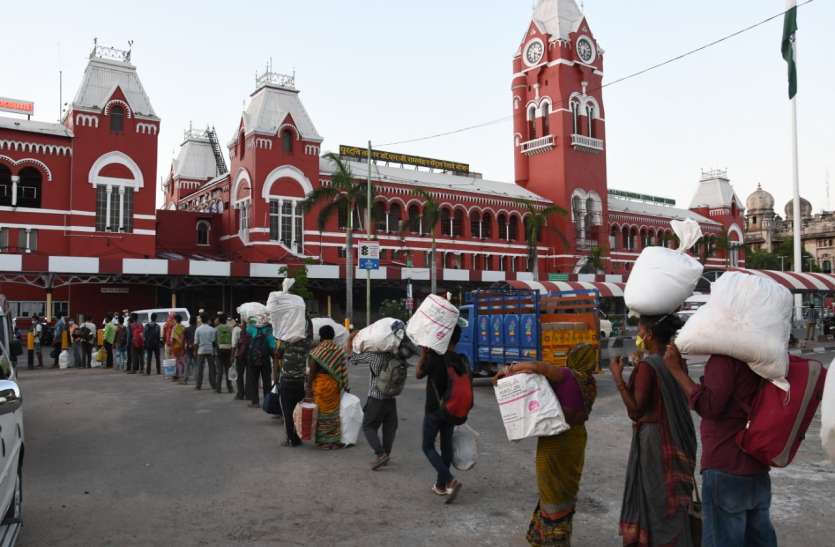
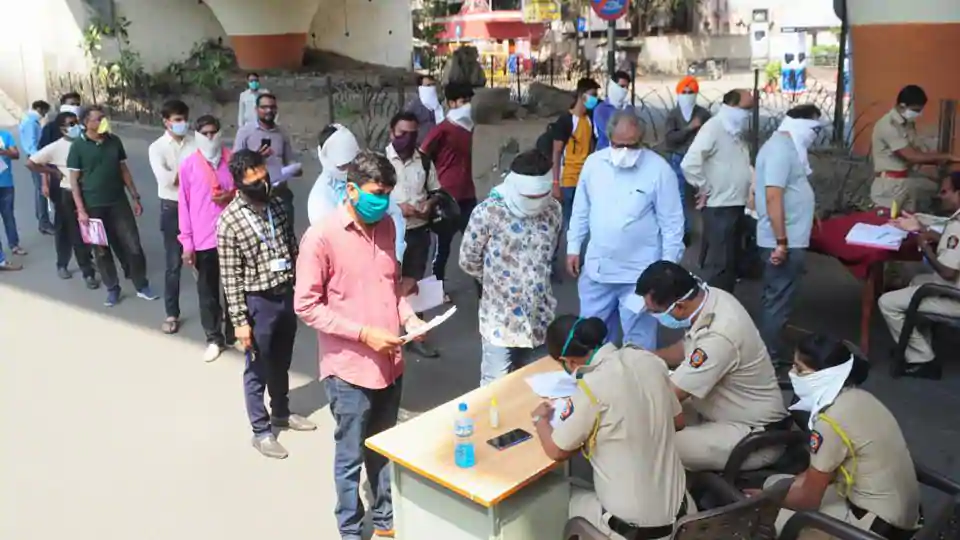
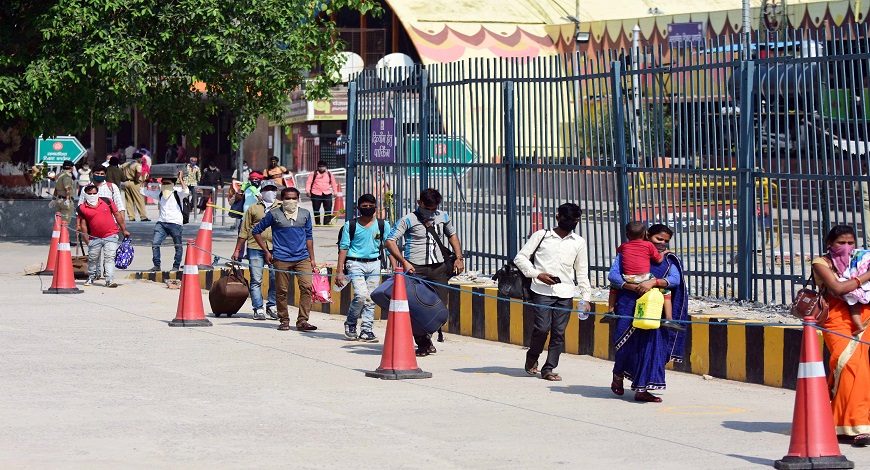
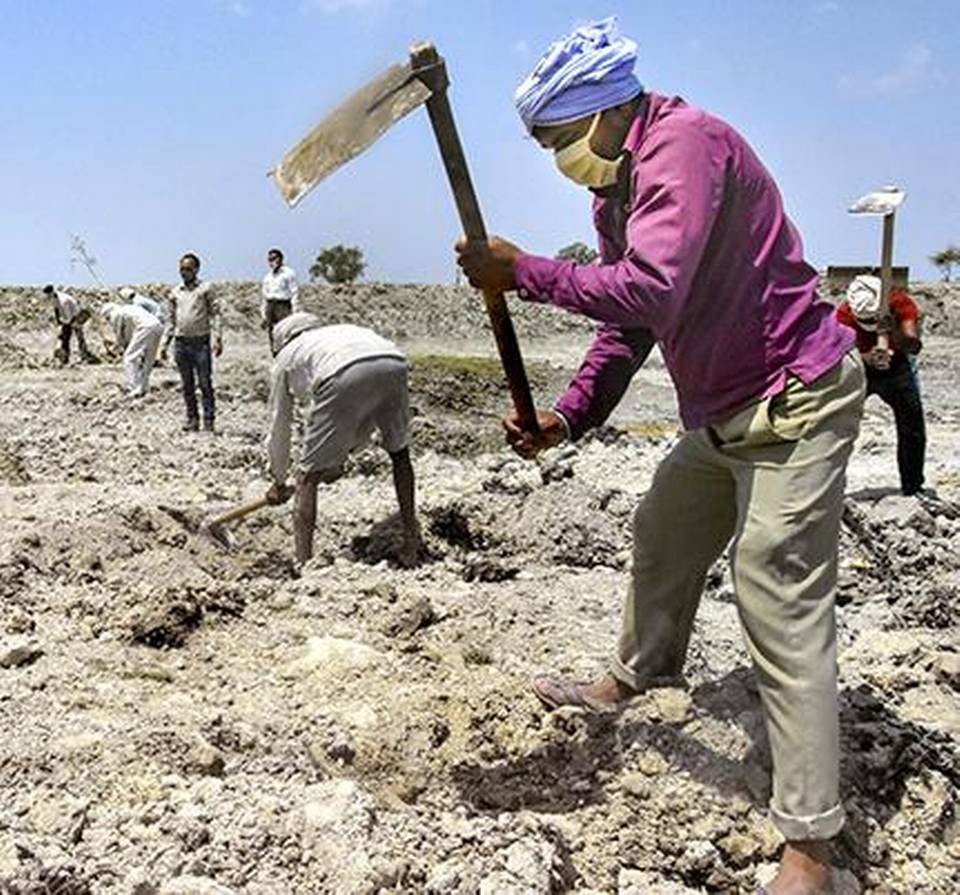
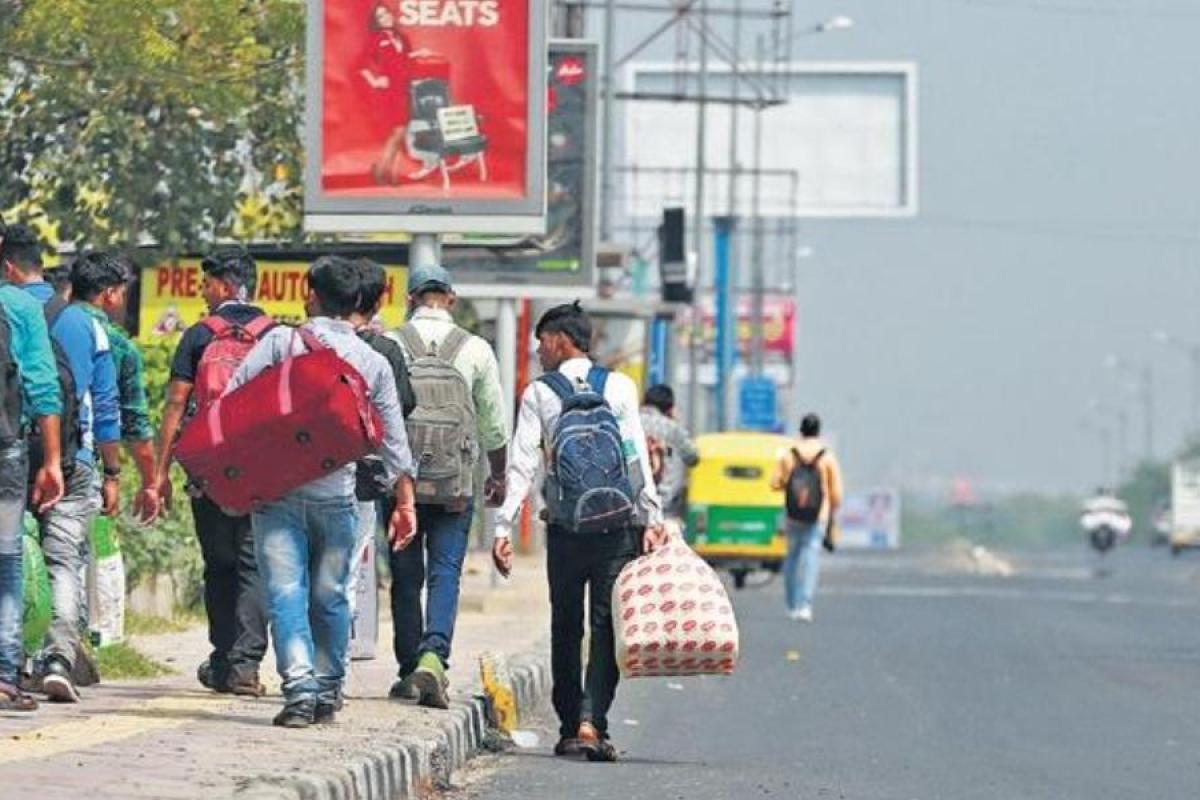
Ranjini Rao HS
Chandana Yadav K